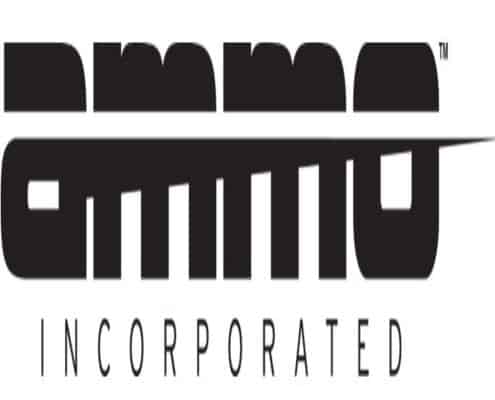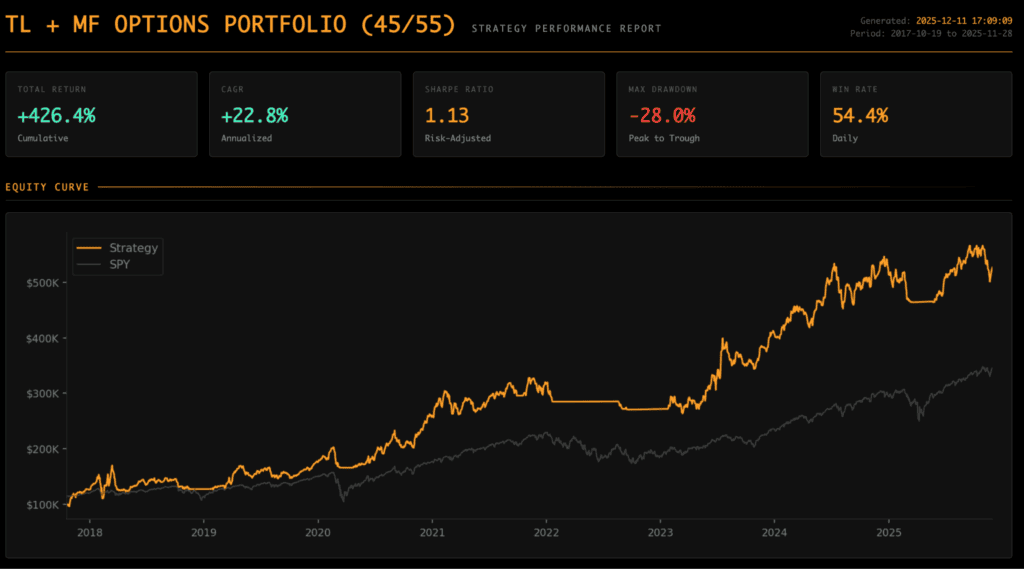Spawning Companies: What They Are, Why They Matter, And How To Find Them
Mohnish Pabrai recently had a chat with Stig Broaderson on The Investor’s Podcast. During the conversation, Mohnish highlighted one of his newest investment frameworks: Spawners.
Simply put, a “Spawner” is a company that can create new business segments that have the potential for monster payoffs.
Think Alphabet’s “Other Bets” or Facebook buying Instagram. These companies find ways to craft new business segments that generate hundreds of millions in revenue.
Pabrai identified five types of Spawners:
- Adjacent: New products in related markets
- Embryonic: Acquire/nurture new businesses
- Cloner: copy Successful products
- Non-Adjacent: Creates or buys businesses in unrelated markets
- Apex: Combination of all the above
Luckily for us, we found our own Spawner in May of 2019. At that time, the company was a mere $100M market cap. Today, it’s nearly $700M in market cap and growing.
That company is Ammo, Inc. (POWW). Here’s how POWW went from a single-minded company to a multi-bagger Spawner.
POWW: The Birth Of A Spawner
POWW is an early-stage, high-growth ammunition producer making differentiated products in an otherwise boring industry. We first highlighted the opportunity to our Macro Ops Collective members in May 2019.
You can read our original write-up here.
At that time, POWW was a micro-cap stock with a $100M market cap and a dream. They had little revenues but a beautiful, patented product with massive pent-up demand. One year later, we bought a position and updated our thoughts with a second write-up, which you can read here.
Our initial bull case estimated POWW generating ~$70M in revenue and roughly $9M in EBITDA by 2024 (emphasis mine):
“We see a path towards $70M in sales by 2024, $9M in EBITDA and over $4/share in shareholder equity. Insiders seem to agree with our bullish thesis as well. CEO Fred Wagenhauls has spent most of April buying stock on the open market.”
Man, were we wrong.
By September of 2020, the company announced its highest-ever order backlog, sustained revenue growth, and a path towards profitability sooner than we expected. You can read more about that in our update here.
Our initial estimates proved far too conservative. Last month POWW increased their 2021 FY revenue guidance to $62M and upped 2022 revenue guidance to $120M!
Not only did POWW beat our 2024 estimates two years and $50M ahead of schedule, they also have $180M+ in order backlog as of February 2021!
How did POWW grow that fast? What did they do to smash our bull case estimates?
They became a Spawner.
More specifically, POWW became an Embryonic Spawner by buying two companies: Jagemann Stamping and GunBroker.com.
Embryonic Spawning Through Strategic Acquisitions
Jagemann Stamping Company makes brass shell casings for bullets. By buying this company, POWW turned what is usually a line-item expense into an ancillary revenue source. Much like Amazon creating AWS to provide cloud services to other companies.
While the Jagemann acquisition creates new revenue while reducing product costs, it pales compared to POWW’s latest purchase, GunBroker.com.
GunBroker.com is the world’s largest online gun marketplace, enabling firearm enthusiasts to buy and sell various firearms. The deal officially closed Monday, May 3rd.
For $240M, POWW got a business generating $60M in revenue and $40M in EBITDA. But it’s more than revenue and EBITDA figures. Through GunBroker.com, POWW can now sell directly to more than 6M registered gun users.
GunBroker strips the middle man (like Bass Pro Shops, Dicks, etc.), allowing POWW to generate higher gross profit margins.
Moreover, this direct-to-consumer channel allows POWW to rapid-test new product development. If a new product fails, POWW can stop making it. No need to notify third-party retailers when you control the sales channel.
You Can’t Predict Spawners, But You Can Set The Odds In Your Favor
I’d be lying if I told you that I foresaw POWW’s Spawning capabilities when we first found the stock in May 2019. That’s like telling someone you saw AMZN’s AWS cloud business potential in 1999.
The fact is it’s nearly impossible to predict when a company will Spawn, if ever. Instead, we must bet on a few ingredients that have the potential to create Spawners. We’ve identified three elements that can generate Spawning companies:
- Fanatical founder/CEO with skin in the game
- Differentiated product in a boring industry
- Capital allocation model that allows for strategic acquisitions/product development
Let’s break each ingredient down. First, you need a passionate founder/CEO with skin in the game. If a company doesn’t have this, it’s a non-starter. Spawners need a CEO who will generate the most wealth through the business’s success, not an individual salary.
Second, Spawners usually create differentiated products in an otherwise boring industry. Find companies attacking boring businesses with unique ways of solving customer problems.
Finally, ensure that the company’s capital allocation model allows for rapid deployment of ideas and strategic acquisition. In other words, we want a business that reinvests earnings into growth avenues, not share buybacks or dividends.
POWW Is Still A Double From Here (With More Room To Grow)
When we first wrote about POWW, it traded at a $100M market cap. Today that number is closer to $700M, a six-bagger from our original alert.
So why are we still talking about the company? Simple. The company is still at least a double from here and in the early stages of dominating its boring industry.
POWW is estimating $183M in revenue and $68M in EBITDA by 2022. That means you can buy this company (you know, the one growing revenue at a 200% 3YR CAGR) for ~3.5x 2022 sales and ~9.4x 2022 EBITDA. Those are value investing metrics on a high-growth company.
The stock chart indicates a potential breakout move in the works with volatility and trading volume contracting.








